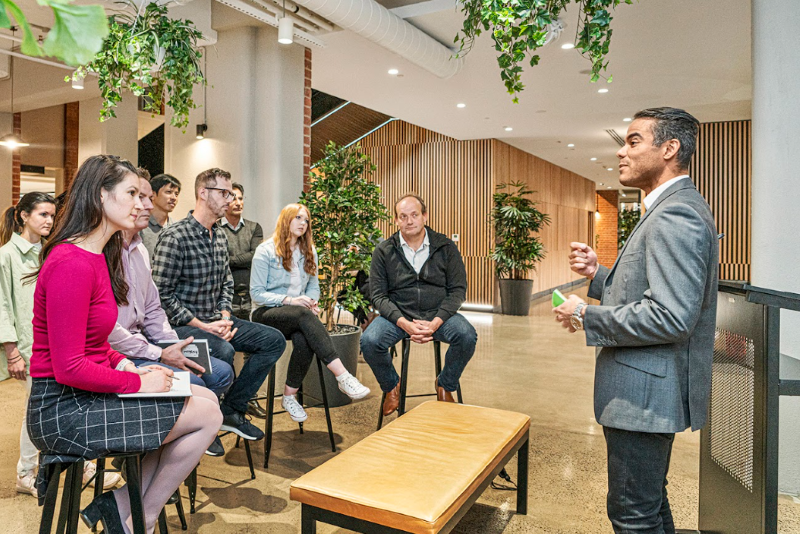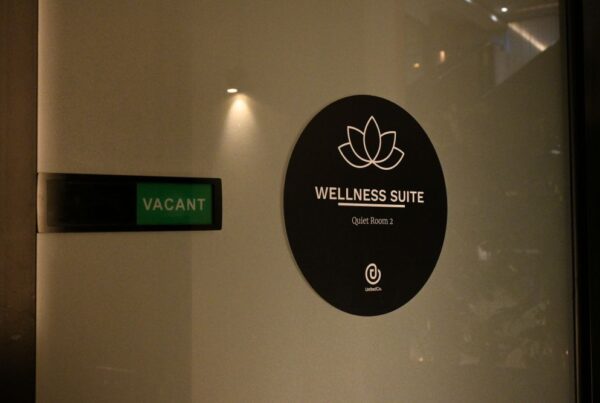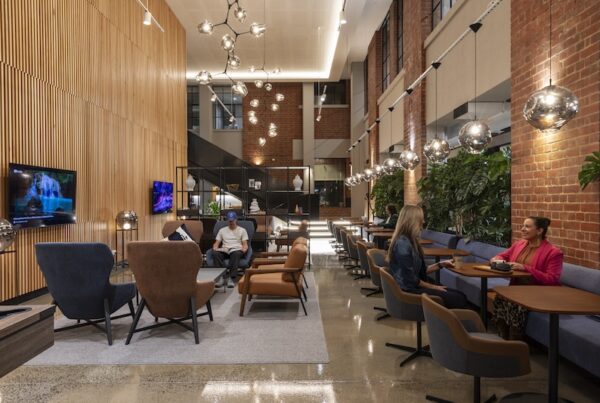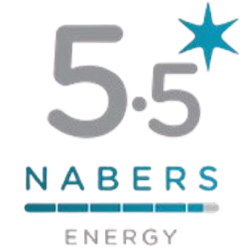
Training doesn’t have to be boring. Some of the most successful teams today are learning through play. As workplaces evolve to become more flexible and experience-driven, organisations are turning to gamification to make employee training more effective, engaging, and fun.
So, what exactly is gamification for training? It’s the use of game elements, like points, badges, and friendly competition, to boost motivation, participation, and learning outcomes in a workplace environment. Whether you’re onboarding new hires, upskilling your team, or hosting workshops in a coworking community like United Co., gamification adds energy and excitement to the learning process.
What Is Gamification for Training?
Gamification for training involves applying game mechanics and principles to non-game contexts, specifically learning and development initiatives. The aim is to make educational content more interactive, encourage continuous improvement, and reinforce behaviours that contribute to team and organisational success.
Importantly, gamification is not about playing games in the traditional sense, it’s about bringing in the motivational dynamics of games (like progress tracking, storytelling, and achievement) to enhance employee engagement and knowledge retention. In a world where attention spans are short and information overload is common, gamified training makes learning something employees look forward to, not dread.
Core Elements of Gamified Training
What makes gamification work? These foundational elements are key to building a successful gamified learning experience:
Point Systems
Points are a powerful motivator. They provide instant feedback, track achievements, and encourage participants to push their limits. Earning points can be as simple as completing a module, answering quiz questions correctly, or actively participating in team discussions. These systems promote accountability and turn even small learning milestones into rewarding experiences.
Badges and Certifications
Visual recognition, like badges or digital certificates, adds credibility and a sense of progress. These symbols of accomplishment can represent a variety of achievements, from mastering a new software tool to completing a leadership challenge. Displaying badges in employee profiles or internal dashboards can boost morale and incentivise others to aim higher.
Leaderboards
When applied thoughtfully, leaderboards spark friendly competition and encourage continuous engagement. By publicly showcasing top performers, teams are motivated to participate regularly and strive for improvement. For the best results, leaderboards should recognise multiple types of achievements, such as collaboration, creativity, or consistency, to ensure inclusivity.
Quizzes and Challenges
Short, timed quizzes and scenario-based challenges inject fun into assessments. They allow learners to test their understanding in a low-pressure environment while promoting repeated practice. Adding streaks or bonus rounds keeps participants coming back to sharpen their knowledge.
Simulations and Scenarios
Realistic simulations immerse learners in complex, problem-solving situations. Whether it’s customer service role-plays or project management tasks, simulations offer hands-on experience that builds confidence. These exercises mirror real-world challenges and encourage active learning, critical thinking, and strategic decision-making.
Read More About What Is Assistive Technology and Why Does It Matter at Work
Benefits of Gamification in the Workplace

When done right, gamification for training delivers powerful results that go beyond traditional learning metrics:
Improved Knowledge Retention
Interactive training promotes long-term memory and recall. Instead of passively consuming information, participants actively engage with content, reinforcing learning through repetition, feedback, and hands-on activities.
Higher Engagement and Motivation
Gamification taps into intrinsic motivators, like curiosity, achievement, and recognition. This results in higher participation rates and sustained interest. Employees become eager to meet challenges, collect rewards, and reach learning milestones.
Team Collaboration and Healthy Competition
Gamified programs can include team-based challenges that promote peer-to-peer learning and collaboration. These activities build rapport, break down silos, and strengthen communication across departments or coworking communities.
Real-Time Feedback and Growth
Unlike traditional assessments, gamified platforms provide instant feedback. Learners know exactly how they’re doing and can course-correct quickly. This fosters a growth mindset, where mistakes are seen as opportunities to learn and improve.
Inclusive Learning Experiences
Gamification allows for personalised pacing and varied content formats (videos, puzzles, simulations), catering to different learning styles. This inclusivity makes it easier for all team members to succeed, regardless of background or skill level.
Read More About Effective Tasks Delegation for Stronger Leadership and Team Growth
Real-World Success Stories
Major companies around the world are already seeing the benefits of gamified learning:
- Deloitte launched a Leadership Academy that uses gamification to engage executives in online learning. By integrating leaderboards and progress tracking, they saw a 46% increase in daily users.
- IBM developed “Innov8,” a business simulation game that helps employees and clients understand real-world challenges in process management. The game format boosted adoption rates and interest in complex topics.
- SAP used a game called “Roadwarrior” to help its sales team practise customer interactions. The result? Higher confidence and performance in the field.
Even coworking communities are getting involved. Some have implemented gamified onboarding and networking challenges to help new members connect, collaborate, and get the most out of shared workspaces.
How to Implement Gamification for Training
Ready to try gamification for training in your workplace or coworking hub? Here are some practical tips to make your rollout a success:
- Start Simple: You don’t need a large budget or a complex platform to begin. Try incorporating quizzes, digital flashcards, or simple point systems into your current training sessions. This allows you to test what works best before scaling up.
- Use Digital Tools: Modern platforms like Kahoot!, Quizizz, Miro, LearnAmp, and TalentLMS make it easy to create, deliver, and track gamified training experiences. Many offer integrations with existing learning management systems (LMS), making them convenient for hybrid teams.
- Make It Meaningful: Align the game mechanics with your organisation’s values and employee goals. For example, reward collaboration and creativity just as much as speed and accuracy. Recognise achievements publicly in newsletters, Slack channels, or staff meetings to build morale.
- Track and Iterate: Use analytics to monitor participation, completion rates, and engagement levels. Review qualitative feedback to understand what learners enjoy or find challenging. Adjust game features based on insights to keep the experience fresh, relevant, and motivating.
- Provide Support and Context: Ensure learners understand the purpose of gamified activities. Offer clear instructions, a smooth onboarding process, and technical support to minimise frustration. When employees see how gamification enhances their skills or career development, buy-in increases.
At United Co., we believe in learning by doing, and doing it in spaces that support creativity and innovation. Our flexible meeting rooms and collaborative areas are ideal for hosting workshops, skill-building sessions, and yes, even a bit of friendly competition.
Read More About How Peer Mentorship at Work Strengthens Teams & Drives Growth
Gamification for training has become more than a trend, it’s a proven method to inspire teams, energise learning, and foster a strong sense of engagement. By transforming traditional training into dynamic, rewarding experiences, organisations can nurture talent and build a culture of continuous growth.
Whether you’re running a business or curating experiences in a coworking community, gamified learning can spark the motivation and momentum your team needs. Explore how United Co.’s training room and corporate event space can support your next training session and bring learning to life in a whole new way.






